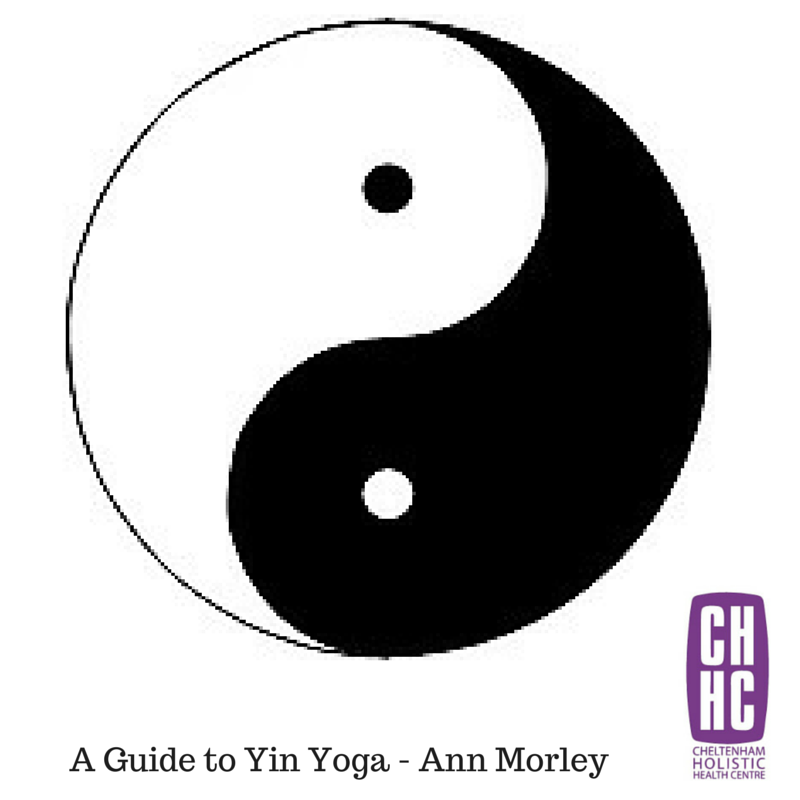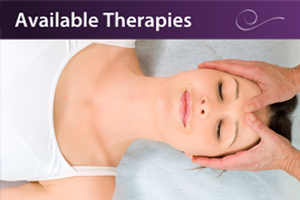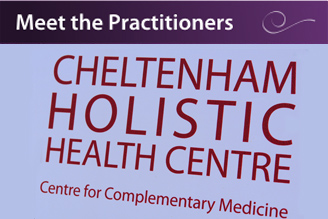A Guide to Yin Yoga
What is Yin Yoga?
Yoga is an ancient practice, originating in India, originally practised with the aim of achieving enlightenment. As cultures change over time, so has yoga; it has been redefined depending on where and when it’s practised, branching into diverse different forms as it goes. In the West it has become popular as a predominantly dynamic physical practice which increases the strength and flexibility of our muscles.
Normally, meditation plays only a small part, or none at all, in classes. While this practice has great benefits both physically and mentally, it is only part of the yoga story.
Some yoga teachers have applied the Taoist concept of Yin and Yang to yoga with the aim of bringing balance to our practice – and our lives. All of our lives – and yoga – have aspects of both yang and yin. Yang relates to movement. Many aspects of the modern world are yang: the pressure to succeed, constant stimulation of the senses, our need to control our situation. In yoga, the yang aspect shows up in postures that develop our muscular strength, and in faster styles of yoga these postures dominate. While yang postures have many benefits, the negative side of this approach can be that it emphasises our need to be deeper, further, emphasising our ego’s drive to achieve.
Yin is about finding stillness and softness, acceptance of our situation. The yin aspects of yoga are when we achieve stillness, the ability to be comfortable with our own body, softening and releasing. Yin Yoga classes emphasise this to provide a counter-balance to our modern Western lives: we need both yin and yang to come into balance.
What do you do in Yin Yoga?
Suitable for all levels, Yin is a meditative form of yoga. You hold seated and lying stretches for 3-6 minutes, using bolsters or blocks to support the body when needed. These long, gradual stretches are used because it allows deep tissues (fascia) within our body to be stretched, and gives the body time to relax fully into the postures. Each class uses a guided meditation or contemplation, drawn from sources including traditional Yoga philosophy and Buddhism.
You’ll stay with your experiences rather than always rushing, exploring the sensations of breath and body. You’ll develop a sense of calmness and acceptance, taking the time to just be.
Why should I do it?
Yin Yoga is great for so many reasons. The most obvious is in maintaining or increasing flexibility, ensuring that we are able to continue to lead full lives. You don’t miss it until it’s gone! If you already have a more dynamic yoga practice, you will notice that introducing a Yin aspect can deepen your usual practice. This is because in Yin the longer holds affect layers of our body called “connective tissue”. These are made up of fibres that weave into and around our muscles, and can limit the opening of the body. When we start to stretch these, we can open the body more fully.
Yin is a deeply relaxing practice. When stretches are held for a longer time, the body often releases holding patterns that we aren’t aware of tensing, feeling as though you are shrugging off layers of stress and tension. We commonly use mindfulness techniques in the classes, increasing our awareness and understanding of the body-mind connection. We can become aware that sometimes physical tension patterns are there as an impression left on us by emotional events or traumas; by relaxing these patterns physically, we can often let go of our unconscious clinging to these events.
When are the classes?
Ann teaches Yin Yoga workshops on a monthly basis. Please check Ann’s website for the latest block dates. www.annmorleyyoga.co.uk









